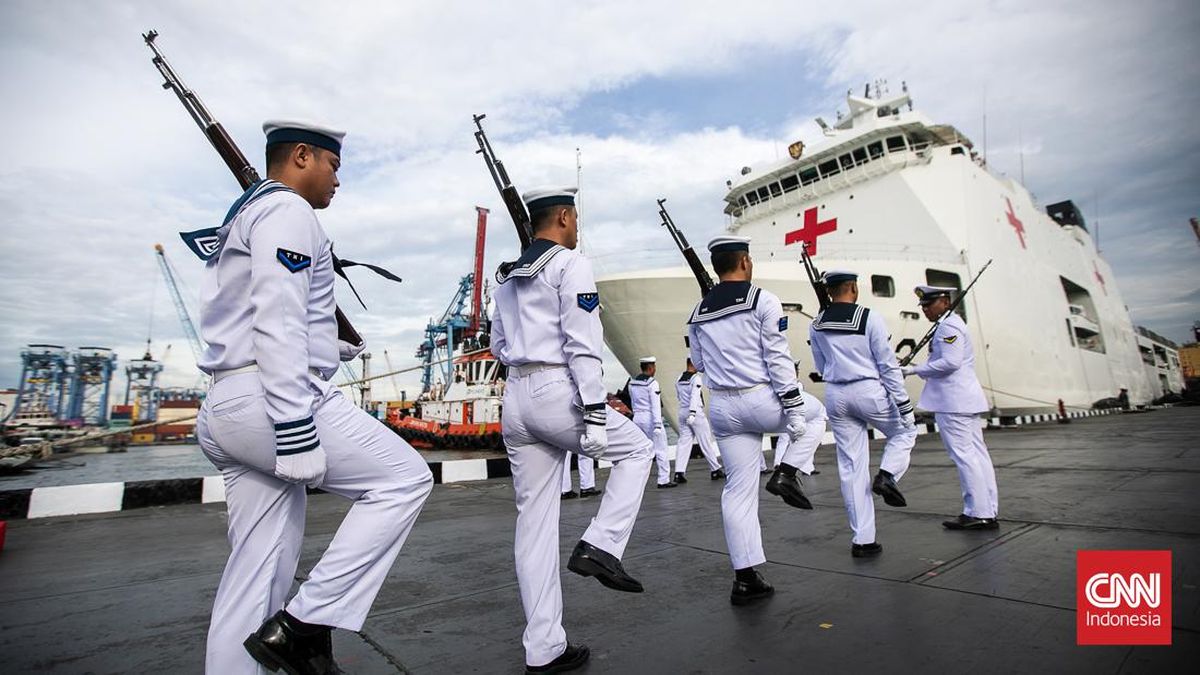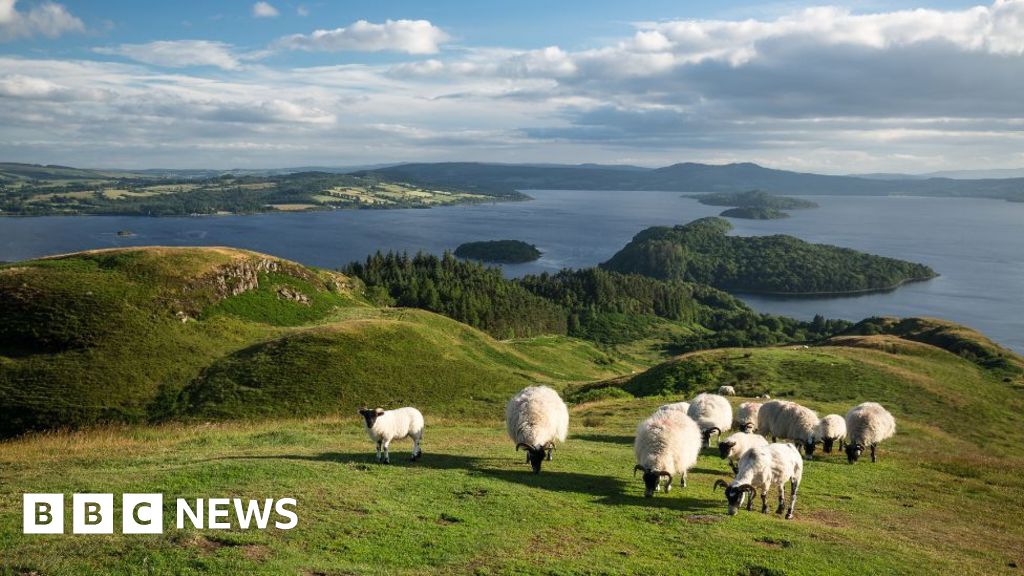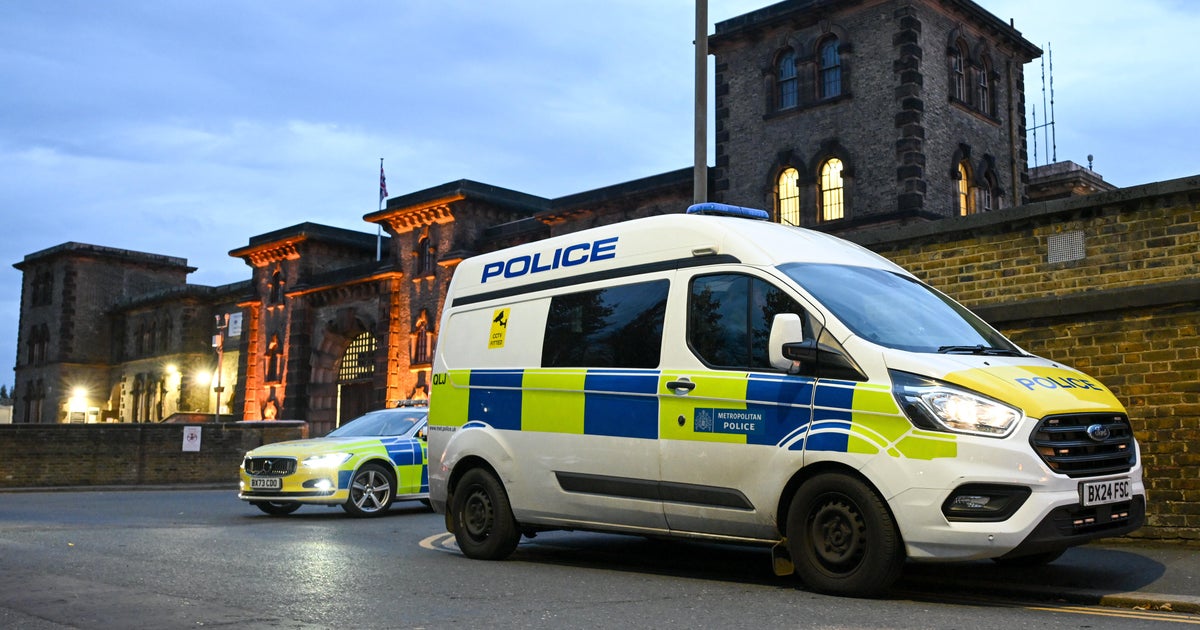Opinion
The Secret Pilot takes you inside the world of airlines, offering expert tips and advice from a pilot’s perspective. In his Traveller column, this active airline pilot lifts the lid on air travel both inside and outside the cockpit.
November 6, 2025 — 5:00am
American satirist Steven Colbert often interrogates his famous guests with the same 15 questions as a way of breaking the ice. One of which is the simple question “window or aisle?”. Most of the people Colbert interviews have enough money to choose a seat that has both, but the answer without fail is window.
It seems a universal truth that passengers on planes prefer to gaze out of a window and witness first-hand the magic that is flying. Pilots are lucky enough to have multiple windows that allow an unobstructed 180-degree view.
During take-off or landing, it certainly helps to see where you are going. Yet there are so many other moments that as the pilot, you can only look out in awe at what is before you.
The nature of the hours worked in aviation allows amazing views of both sunrises and sunsets, sometimes within the same shift. Soft hues of pink and purple delight in the early morning as the sun nears the horizon. The colours above the clouds feel more dramatic. Although when the sun finally breaks cover, the morning light forces pilots to scramble for their sunglasses and sunshades.
A quirk of flying east or west is the ability to either slow down or accelerate the sun’s display. Flying east will cause the sun to move more rapidly and it is particularly noticeable when the sun is setting behind as the day slips much more quickly into night. But when there is an absolute cracker of a sunset, heading west is a highlight. Time effectively slows down chasing the sun, allowing the sunset to linger for almost twice as long as normal.
Flying to some of the planet’s extremities can bend the mind. When flying from South America to Australia, the most direct line between the two continents, the great circle track, travels far enough south to fly over the sheet ice of Antarctica.
In winter, the southerly track sees the sun set in the northern sky but to also linger just below the horizon as if it is hiding. As the flight progresses, the aircraft’s direction becomes more northerly, causing the sun to rise again. Then, towards the end of the flight, the sun slowly disappears below the horizon again. It is as weird and as beautiful as it sounds.
Flying the southerly latitudes also allows amazing views of aurora australis or the southern lights in the night, shimmering curtains of green, blue and white doing their hypnotic and ethereal dance across the sky.
Shooting stars can transform a darkened sky into daytime as a meteor enters the Earth’s atmosphere at hypersonic speed. They normally disappear before a camera can capture the moment. Satellites orbiting the earth spin on their axes and at the right angle, reflected light causes them to flare like man-made miniature suns.
Storm systems can provide an amazing light show as the lightning at similar altitudes to an aircraft is continuous, although the power of these beasts of the sky needs to be admired from a respectful distance.
Uluru is often directly under a standard flight path between the east coast of Australia and Asian ports. Pilots will often manoeuvre their aircraft to allow their passengers a chance to view the world’s largest monolith in all its glory.
Man-made creations across the globe also garner a pilot’s attention. The border between Pakistan and India is delineated by a fence lit bright by orange neon lights. It extends for hundreds of kilometres, snaking across hilly terrain between the two countries and it is clearly visible at night from 10 kilometres above the ground.
Nearby are the mountains of Afghanistan. By a moonlit night, the stunning snowcapped peaks are majestic. Dotted throughout these mountains are the lights of small villages. Considering this beauty against conflicts waged there over the years is sobering.
Before Ukraine became a no-fly zone, there were flight paths that allowed a glimpse of the remains of the Chernobyl nuclear power plant and when Iraq became the preferred pathway to Europe, the bright lights of Baghdad created beauty against the starkness of the darkened desert surroundings.
Fire fronts in the Northern Territory organised as part of planned burn-offs during the dry season are another amazing sight at night and flying across the Pacific during the daytime can reveal spectacular atolls and coral formations. Sometimes it is hard to resist the temptation to drop down for a closer look.
Queenstown in New Zealand has one of the most visually spectacular approaches to land as the aircraft weaves its way between jagged mountains, snow-capped in winter, although nasty turbulence caused by blustery conditions, along with a short runway, make operating into this airport both beautiful and challenging at the same time.
Savvy travellers with an eye outside their passenger window can experience some of what a pilot may see. But most of the time, it is a perk of having the ultimate office window.
Sign up for the Traveller newsletter
The latest travel news, tips and inspiration delivered to your inbox. Sign up now.
The Secret Pilot takes you inside the world of airlines, offering expert tips and advice from a pilot’s perspective. In his Traveller column, this active airline pilot lifts the lid on air travel both inside and outside the cockpit.


















































